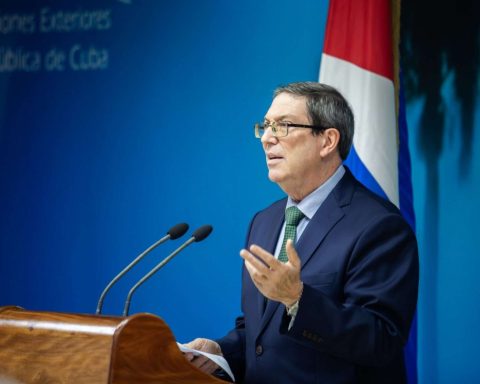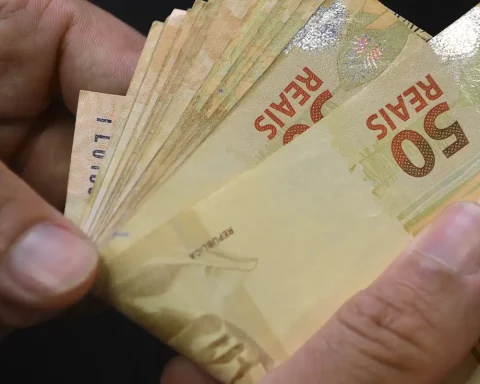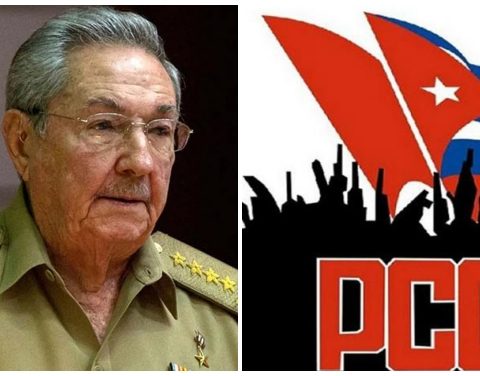In 2023 some of those things started to happen. “normalize”, but others “keep escalating. (…) We are seeing the blows of the monetary shock, the war has changed in intensity, but the Cold War-style tension is still palpable, inflation problems continue. And in China, the health reopening and the recovery of activity are good news for Uruguay and are shock absorbers of the global cycle”said CPA Ferrere economist Alfonso Capurro on Thursday in a talk organized by Banco Itaú.
The economist explained that in global terms, inflation has subsided, but it is still at high levels and the world economy is heading for fairly moderate growth rates this year.
monetary recalibration
youAfter the closure of Silicon Valley Bank (SVB) in the USthe markets’ attention is focused on how the Fed will proceed from now on with its monetary policy decisions, to attack inflation still far from the 2% target.
On this point, Capurro considered that the Federal Reserve “She’s going to be forced to be more careful going forward.” Above the weaknesses and mismanagement at SVB, its fall and the bailout of depositors “made evident the risks derived from abrupt adjustments in interest rates that can generate a lot of financial instability”he pointed.
The economist explained that in 2022 the Fed played a “very tough” strategy, with an acceleration of rates that is among the largest in history, to convince the market that there is a firm commitment to controlling inflation.
Inflation in February increased 0.4% and core inflation was 0.5%, above what the market expected.
“A month of inflation of 0.5% seasonally adjusted and repeated 12 months forward puts inflation at a level more similar to 6%, 6.5%, than to the 2% that wants to go. The data for January and February showed that the monthly price dynamics are still quite accelerated.” This is also in a context where the labor market remains firm with minimal unemployment, said the economist.
According to Capurro, the challenges regarding inflation do not change in the short term and longer high rates scenario remains likely. However, he pointed out that the risks of financial instability will be present in the new monetary policy decisions.
In this sense, he considered that the Fed will seek a soft landing for the economy and lower inflation “without crashing”, but it will have to “calibrate more carefully” additional increases in the interest rate in the short term, at the risk of consolidating a stagflation scenario. Fed rates are currently in the 4.50-4.75% range.
Outlook for Uruguay in 2023
In Uruguay, the drought will have a significant impact on GDP growth, and on the external balance, due to lower exports.
Activity will slow down and is expected to grow 1.4% in 2023. The receptive tourism that is recovering, and international prices (commodities such as soybeans, meat and cellulose rise, and oil falls) partially cushion.
On the other hand, he pointed out that this year the government’s policy agenda will prioritize objectives such as fiscal consolidation and wage recovery. Meanwhile, there will be “little margin” to meet inflation targets (range from 3% to 6%) and rebuild competitiveness “simultaneously”, he considered.
Regarding the value of dollar, the economist explained that in 2023 the external surplus would be reduced and the local currency market would be “more balanced.” With this, the Uruguayan peso “will be more sensitive” to monetary policy signals and external shocks, he considered. The Uruguayan currency would depreciate around 5% in 2023, although “insufficient” to restore competitiveness.

















